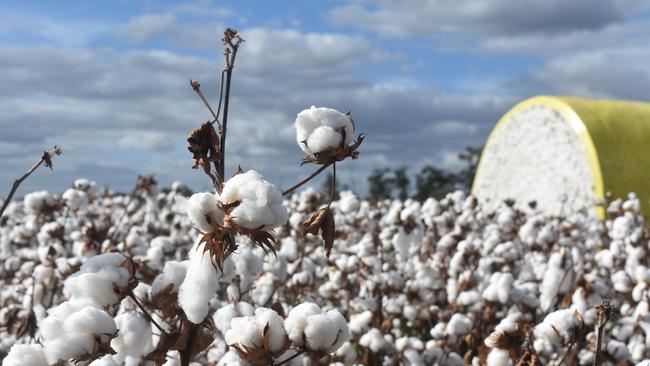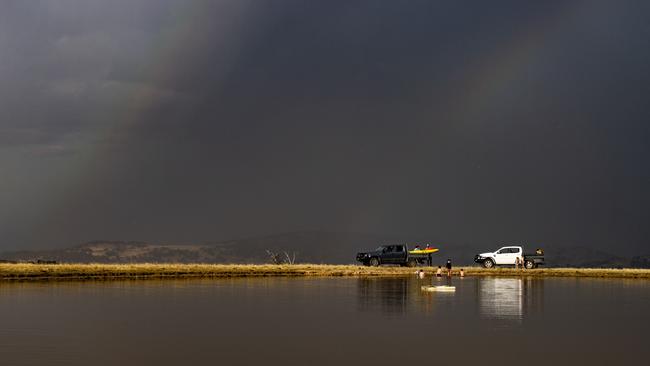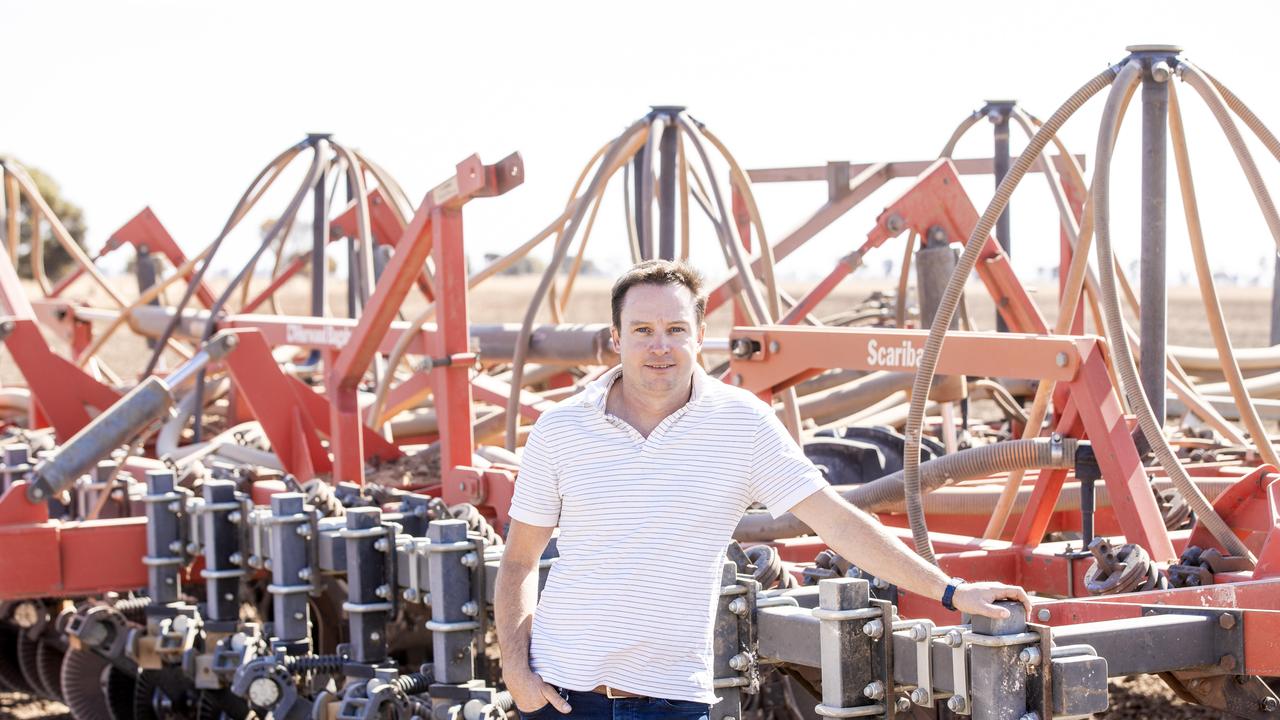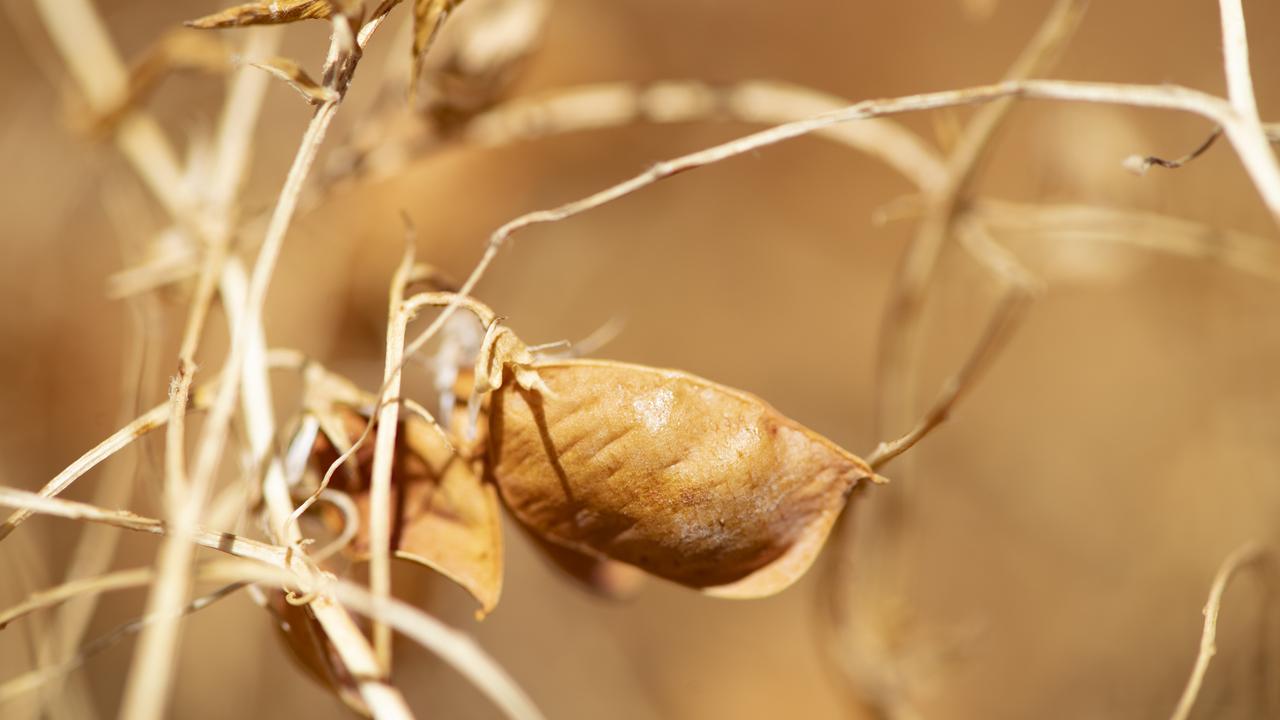Cotton Research and Development Corp strategic plan: Water savings target of 1440GL a year
The industry’s R&D body believes growers could recover up to 1440 gigalitres a year using technology already available. See how.

The cotton industry’s peak research body believes between 660 and 1440 gigalitres of water could be recovered each year in NSW, Queensland and Victoria by addressing leaks and evaporation from on-farm dams.
The Cotton Research and Development Corporation last week released a strategic plan that will guide $125 million worth of cotton industry research over the next five years.
CRDC executive director Dr Ian Taylor said a key priority was to improve the industry’s water efficiency by targeting where its biggest losses were occurring.
“The biggest systems losses are actually coming from evaporation and leakage of storages. And in fact, the evaporative losses are quite significant,” Dr Taylor said.
The CRDC was guided by research completed by the University of Southern Queensland, which estimated between 1320 gigalitres and 2880 gigalitres of water were lost each year on the east coast through evaporation from dams, Dr Taylor said.
Together with One Basin Cooperative Research Centre, the Commonwealth Department of Climate Change, Environment and Water, and Water Trust Australia, the agency plans to map private water storages and place covers over trial sites with the aim of reducing evaporative losses by 50 per cent.
The target, if successful, could add up to total savings of 660-1440 gigalitres across NSW, Queensland and Victoria.
The saved water could then be used to help recover 450GL of water for the environment under the Murray Darling Basin Plan, as well as growing more crops on farms, Dr Taylor said.

The cotton industry’s interest in reducing evaporation from private storages dates back almost two decades.
In 2005, a scoping study completed by the national program for sustainable irrigation estimated on-farm storages in the Queensland Murray Darling Basin alone were losing 7040 gigalitres of water every year, and covering them with shade cloth could reduce evaporation by up to 90 per cent.
Since then, technology has progressed in leaps and bounds. Dr Taylor said the CRDC was particularly interested in floating solar panel technology developed by engineers in China, which could both provide shade to dams and provide a power source to reduce on-farm greenhouse gas emissions.
According to Cotton Australia sustainability data, over the past three decades Australian cotton growers have reduced the volume of water needed to grow a bale of cotton by 48 per cent: from 1.6ML/bale in 1993 to 0.8ML/bale in 2021.
These savings have mainly come from improved cotton yields (growing more cotton from the same amount of water), while the total volume of water applied per hectare has stayed more or less constant for 30 years.
The strategic plan is also targeting research to bring down the use of fertilisers and chemicals on cotton farms, with the aim of being able to market 80 per cent of Australian cotton as “sustainable” by 2028.





